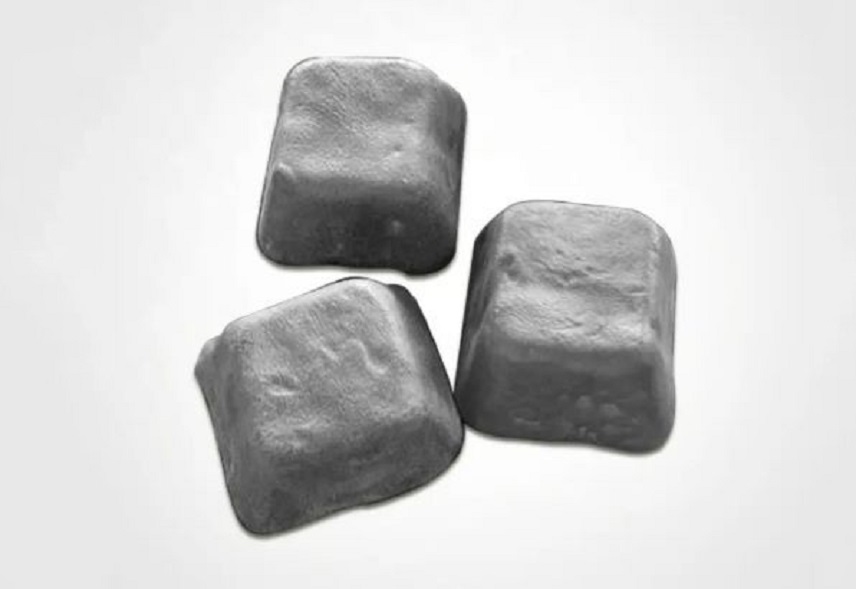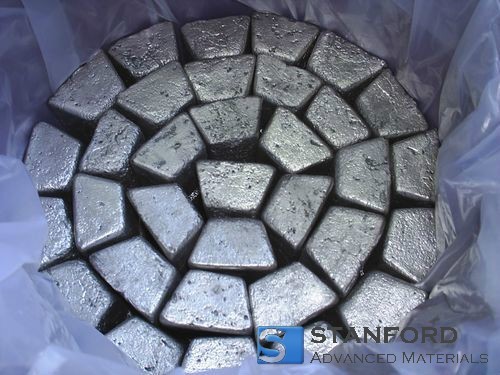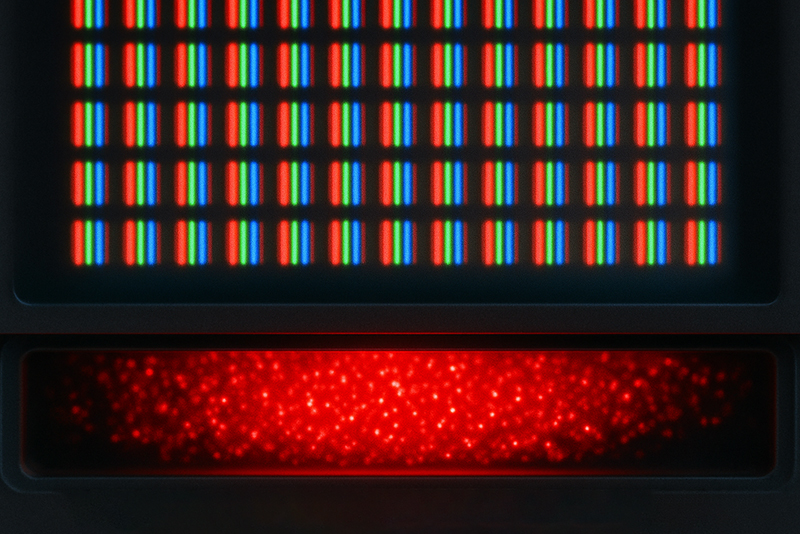
Magnesium cerium master alloys, with their exceptional thermal conductivity and lightweight properties, have emerged as crucial materials for enhancing heat dissipation in electronic devices. This article explores how these alloys play a pivotal role in the field of thermal management, making them ideal candidates for heat sinks and other electronic cooling applications. Here, this article is going to discuss their features and applications. Hope that you can have a clearer understanding.
Electronic devices, from computers to smartphones and industrial machinery, generate significant amounts of heat during operation. Prolonged exposure to high temperatures can lead to reduced performance, shortened component lifespan, and even irreversible damage. Efficient heat dissipation is essential to maintaining the reliability and longevity of these devices.
As an advanced material, magnesium cerium master alloys meet these requirements exactly with their unique features.
l High Thermal Conductivity: Magnesium cerium master alloys can transfer heat away from electronic components. This property is vital for preventing overheating and maintaining optimal device performance.
l Lightweight Design: The lightweight nature of these alloys allows for the creation of heat sinks and thermal management components that add minimal weight to the device while effectively dissipating heat.
l Customizable Form Factors: Magnesium cerium master alloys can be tailored to specific form factors, making them adaptable for various electronic devices. Whether in the form of heat sinks, thermal pads, or other components, these alloys can be precisely designed to suit the device's layout and cooling needs.

Figure 1. Magnesium Cerium Master Alloy
Magnesium cerium master alloys have a variety of applications in the field of electronics with efficient heat dissipation. Such efficient heat dissipation not only prevents thermal throttling and extends the lifespan of electronic components but also contributes to energy efficiency. By maintaining lower operating temperatures, devices can perform optimally without the need for excessive cooling mechanisms, reducing power consumption and environmental impact.
l CPU and GPU Cooling: In high-performance computing applications, such as gaming PCs and data centers, magnesium cerium master alloy-based heat sinks efficiently cool central processing units (CPUs) and graphics processing units (GPUs), ensuring consistent performance under heavy workloads.
l LED Lighting: LEDs generate heat while emitting light. Magnesium cerium master alloys are used in LED lighting systems to dissipate this heat, preventing color shifts and ensuring the longevity of the lighting source.
l Power Electronics: Electronic devices that handle high currents and voltages, such as inverters and power supplies, benefit from the superior thermal conductivity of these alloys. They help maintain stable operation and extend the lifespan of critical components.
l Telecommunications: These alloys are used to design efficient heat sinks for routers, switches, and other devices where network equipment operates continuously.
There are many more magnesium master alloys, which play a crucial role in enhancing the properties of magnesium. The resulting master alloys are then used as additives during the production of magnesium-based materials and components. Some of the most common types include:
1. Magnesium-Aluminum (Mg-Al) Alloys
Composition: These alloys typically contain aluminum in the range of 1% to 15%, with magnesium as the base metal.
Applications: Mg-Al alloys are widely used in aerospace applications, where their lightweight and corrosion-resistant properties are highly valued.
2. Magnesium-Rare Earth (Mg-RE) Alloys
Composition: These alloys incorporate rare earth elements such as cerium, lanthanum, and neodymium.
Applications: Mg-RE alloys are essential in the automotive industry, where they contribute to the development of lightweight, fuel-efficient vehicles.
3. Magnesium-Zinc (Mg-Zn) Alloys
Composition: These alloys consist of zinc as the alloying element, often in the range of 1% to 3%.
Applications: Mg-Zn alloys find use in the production of lightweight, corrosion-resistant components in industries like marine and sports equipment.
Magnesium cerium master alloys have become indispensable in the realm of electronic heat dissipation and thermal management. Their combination of high thermal conductivity, lightweight design, and adaptability to various form factors makes them the go-to choice for ensuring the reliability and longevity of electronic devices in an increasingly heat-intensive technological landscape. As the demand for high-performance electronics continues to rise, these alloys will play an ever more critical role in keeping our devices cool and efficient. For more details, please visit https://www.stanfordmaterials.com/.
Eric Loewen
Eric Loewen graduated from the University of Illinois studying applied chemistry. His educational background gives him a broad base from which to approach many topics. He has been working with topics about advanced materials for over 5 years at Stanford Materials Corporation (SMC). His main purpose in writing these articles is to provide a free, yet quality resource for readers. He welcomes feedback on typos, errors, or differences in opinion that readers come across.

 Inquiry List
Inquiry List


